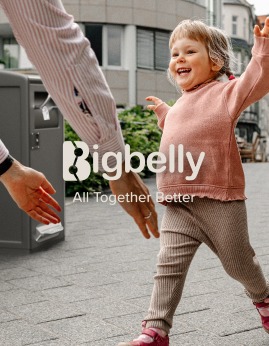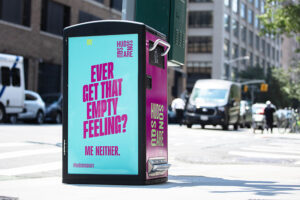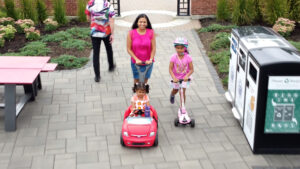“Chicken Soup for the Soil:” Organics Programs & Regulations are Gaining Traction
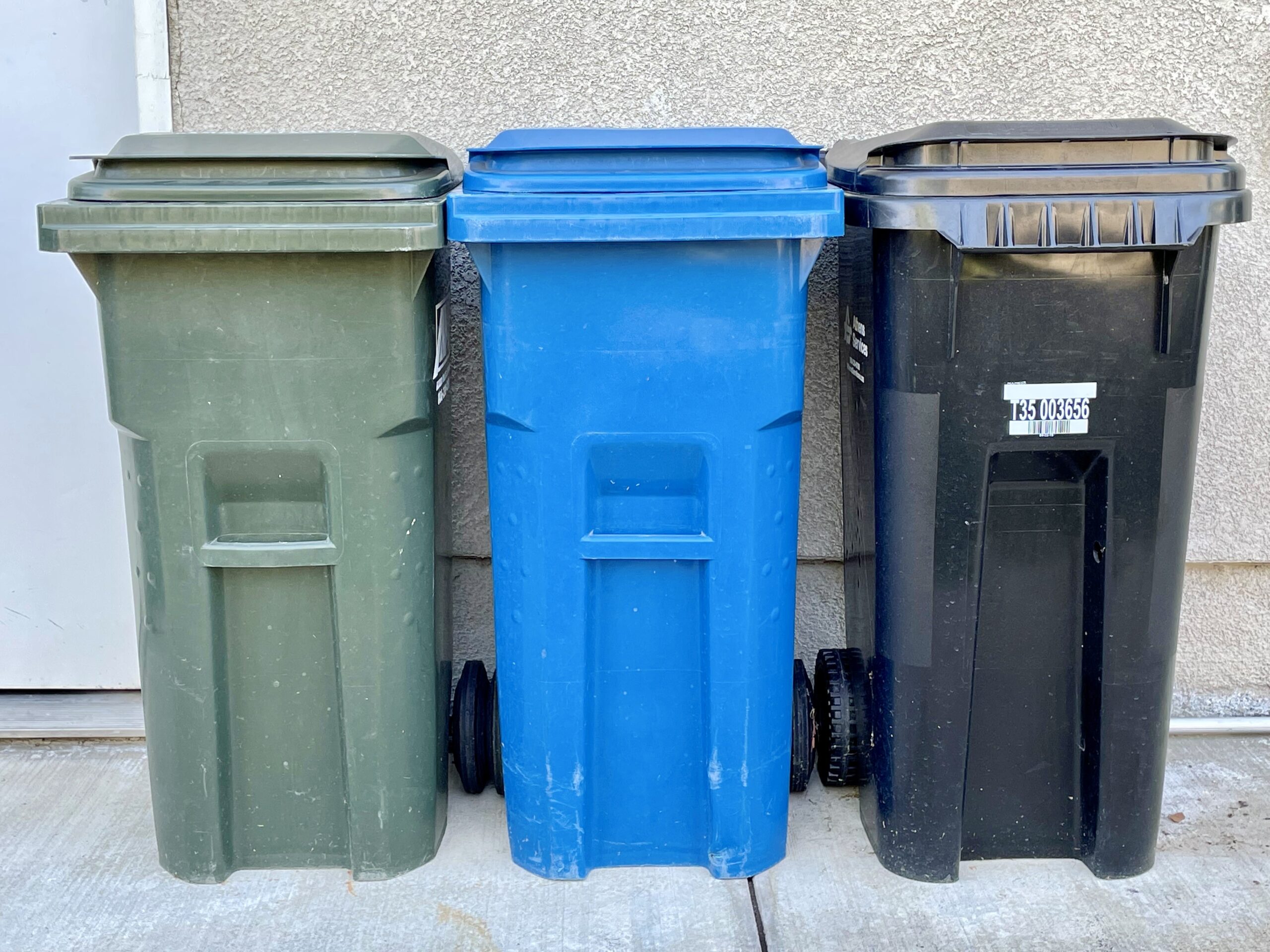
Now more than ever, public spaces are focusing on increasing the diversion of organic waste, food scraps, and other biodegradable materials from landfills. Composting has been an emerging practice for years, concentrated mostly in sustainability-focused communities. However, as both public and private entities are becoming more conscious of organics diversion, programs and regulations are being introduced at an increasing rate. Some regulations require organics disposal infrastructure to be provided alongside traditional waste & recycling infrastructure, and place emphasis on measurable diversion data. For example, California’s SB 1383 State Organics Law aims to reduce statewide disposal of organic waste and establishes methane reduction targets. (Learn more about SB 1383 HERE)
Compost Challenges for Public Spaces
 As organics programs and regulations become widespread, public spaces are facing new compost challenges alongside existing waste management challenges. Separating organics presents some similar considerations to those of waste & recycling, however, as organics are a more recent addition to public space waste management, communities and organizations find themselves tackling scraps from scratch.
As organics programs and regulations become widespread, public spaces are facing new compost challenges alongside existing waste management challenges. Separating organics presents some similar considerations to those of waste & recycling, however, as organics are a more recent addition to public space waste management, communities and organizations find themselves tackling scraps from scratch.
Open/Visible Waste & Odors: Open-top compost bins create visible waste, ground litter, and leak odors in the public space. Because organic material is inherently decomposable, the public is even more sensitive to contact with compost-specific locations. Uncontained organic waste is a notable public space deterrent.
 Pests: Organic waste is especially attractive to pests such as rats, birds, and insects (Read More about Pests HERE). Open-top bins allow easy access for pests, enabling the pest population to flourish with a direct food source, and cause pest-strewn litter. Pests can create unattractive & unsanitary spaces that deter visitors, businesses, consumes labor hours, and presents public health risks.
Pests: Organic waste is especially attractive to pests such as rats, birds, and insects (Read More about Pests HERE). Open-top bins allow easy access for pests, enabling the pest population to flourish with a direct food source, and cause pest-strewn litter. Pests can create unattractive & unsanitary spaces that deter visitors, businesses, consumes labor hours, and presents public health risks.
Uncollected Waste: Organic waste left uncollected for long periods of time leads to bin overflows and decomposing waste. Due to the nature of organic waste, uninformed or inefficient collection presents an even greater challenge than regular waste & recycling.
Lack of Compost Infrastructure: As public interest in composting, public programs, regulations, and diversion goals are new to many communities, public spaces are lacking designated, necessary compost disposal infrastructure. Organic waste disposal bins are often non-uniform or nonexistent and are not integrated effectively into waste & recycling infrastructure.
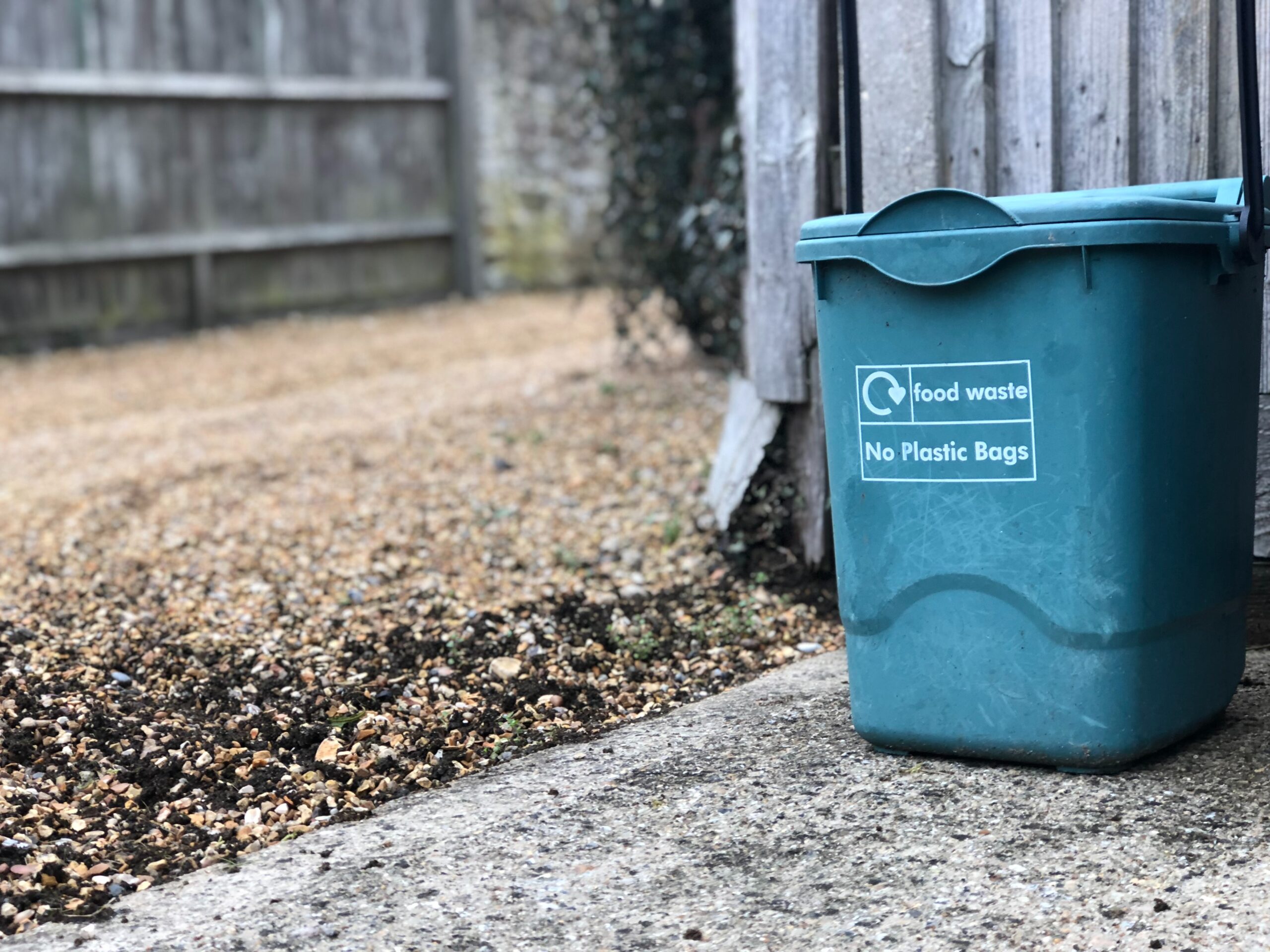 Measurement & Data: Traditional waste bins do not provide an accurate or efficient way to measure compost collection volume & diversion rate. The ability to measure is critical to meeting new composting requirements, tracking progress, and achieving goals.
Measurement & Data: Traditional waste bins do not provide an accurate or efficient way to measure compost collection volume & diversion rate. The ability to measure is critical to meeting new composting requirements, tracking progress, and achieving goals.
Meeting New Regulations: Newly-implemented regulations require compost disposal alongside traditional waste & recycling (i.e. SB 1383 in California). Communities are faced with a mandate to procure an effective organics solution that can be integrated efficiently into their existing space and waste collection workflow.
The Bigbelly Solution: Integrated Compost Disposal Interface & Data

Public spaces around the world leverage Bigbelly’s waste & recycling solution to manage organics disposal, integrating specialized compost infrastructure alongside existing streams and measuring diversion using Bigbelly’s CLEAN Software Management Platform.
Total Waste Containment & Hopper Interface: By design, Bigbelly bins eliminate visible waste, ground litter, odors, and access for pests. The public is separated entirely from organic waste, supporting a clean, safe, and welcoming space.
 Specialized Compost Disposal Interface: Organics disposal is available as a stream option on Bigbelly multi-stream kiosks.Cities and universities add compost streams to their fleet to help achieve their diversion & Zero Waste goals.
Specialized Compost Disposal Interface: Organics disposal is available as a stream option on Bigbelly multi-stream kiosks.Cities and universities add compost streams to their fleet to help achieve their diversion & Zero Waste goals.
Automated Fullness Notifications & Intelligent Collection: Collection notifications from CLEAN ensure that waste overflows do not occur, and that compost is not left uncollected for long periods of time. Efficient collection is essential to organics waste programs, which is where the option for smart waste is an effective tool.
 Composting Diversion Reports in CLEAN: Communities use real-time Diversion data & reporting in CLEAN to measure the volume of organic waste collected and report on organics diversion. The ability to measure allows public spaces to track their progress toward sustainability goals, and comply with regulations.
Composting Diversion Reports in CLEAN: Communities use real-time Diversion data & reporting in CLEAN to measure the volume of organic waste collected and report on organics diversion. The ability to measure allows public spaces to track their progress toward sustainability goals, and comply with regulations.
Communities Achieving Zero Waste goals with Bigbelly
- Achieving ‘Zero Waste at Chou Hall’ on University of California, Berkeley’s Campus
- Congratulations to UC Berkeley’s Chou Hall for Certification as the Greenest Academic Building in the US!
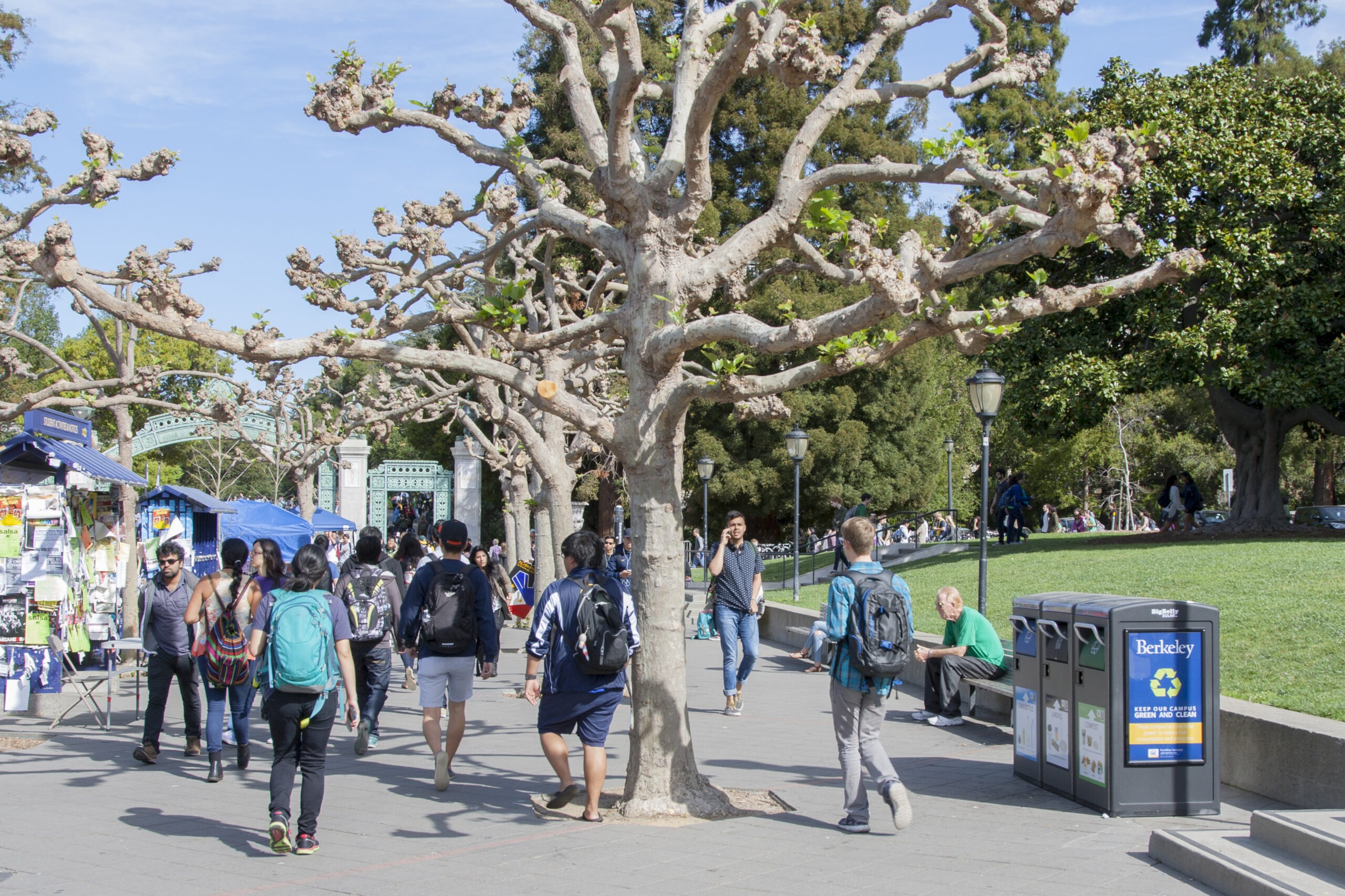
Bigbelly Smart Waste & Recycling Products
- High Capacity Smart Waste Compactor ⮕
- Standard Capacity Smart Non-Compactor ⮕
- Multi-Modular Smart Waste Kiosk ⮕
- Telebelly Multipurpose Hosting Platform ⮕
- CLEAN Software Management Platform ⮕
Connect with the Bigbelly Team to Learn More!
